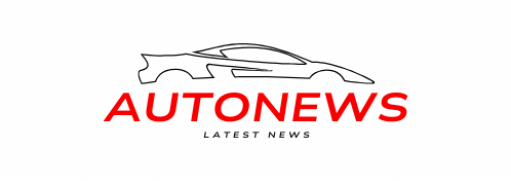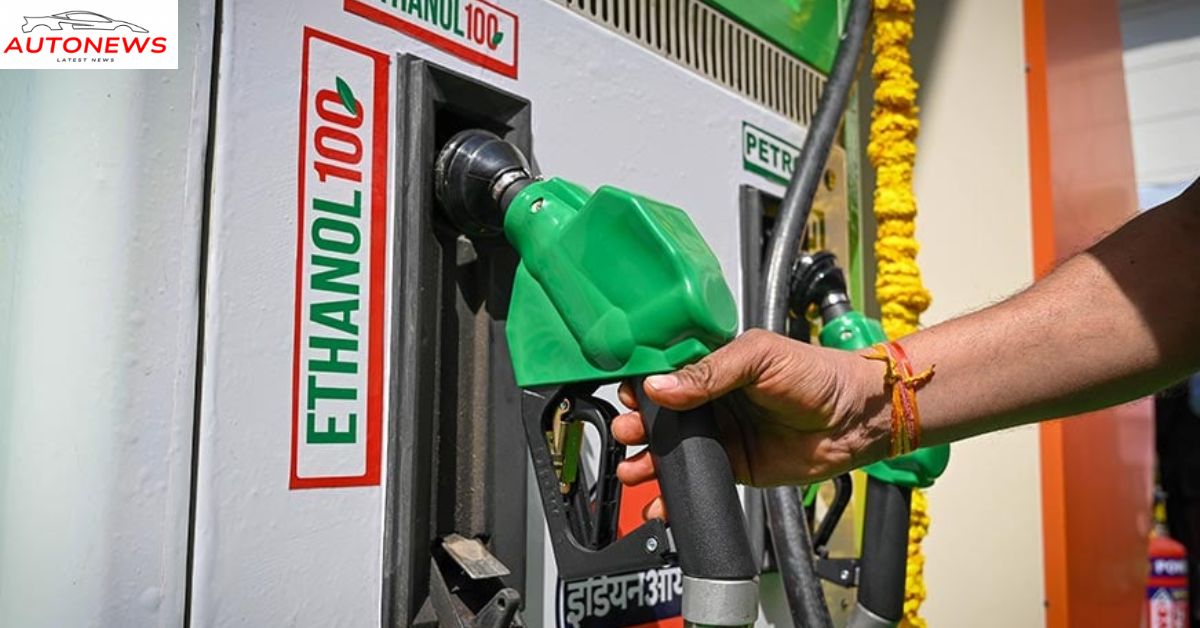India’s ethanol‑blending programme has moved rapidly, achieving the target of 20% ethanol in petrol (E20) well ahead of the 2030 deadline. As E20 becomes more common at fuel stations, public concerns have surfaced about its effects on vehicle performance and mileage—especially for older or non‑E20‑engineered models. This post delves into the latest official updates, consumer feedback, and technical insights to unpack how ethanol blending truly impacts everyday driving.
Government Reassures: No Major Damage, Marginal Efficiency Loss
In early August 2025, the Ministry of Petroleum and Natural Gas issued a detailed rebuttal to fears surrounding E20. Based on long‑term testing—including studies by ARAI, IIP, and Indian Oil’s R&D—covering up to 100,000 km on both fuel‑injected and carburetted older vehicles, the ministry reported no statistically significant changes in power, torque, or fuel efficiency, nor abnormal wear, starting issues, or engine damage.
The drop in fuel efficiency is acknowledged to be marginal: about 1–2% for vehicles originally designed for E10 and now calibrated for E20, and 3–6% for older or non‑optimised models. The ministry also states that E20‑compatible vehicles, featuring upgraded fuel‑system materials and tuning, have been rolling out since April 2023.
In another government statement on August 4, 2025, officials stated that E20 does not negatively affect older vehicles, aiming to calm consumer fears about compatibility and engine degradation.
Technical Challenges: What Concerns Remain?
Lower Energy Density & Fuel Economy Drop
Ethanol contains about 34% less energy per unit volume than petrol. Even a 20% blend inevitably reduces mileage. A NITI Aayog/Ministry report estimates a 6–7% drop in fuel economy for four‑wheelers, and 3–4% for two‑wheelers, when moving from pure petrol (E0) or E10 to E20—unless compensated by calibration or hardware upgrades.
Corrosion, Moisture, and Fuel‑System Wear
Ethanol is hygroscopic. It can absorb moisture over time and potentially corrode metal parts, degrade rubber/plastic seals, and dislodge deposits—leading to clogged filters and lines in vehicles not designed for higher ethanol levels. Automaker groups like SIAM have urged that E20‑compatible sealing materials and corrosion inhibitors are essential to safeguard fuel systems.
Performance Issues in Older Engines
Users have reported cold start problems, rough idling, stalling, reduced pickup, and even engine noises in older or legacy vehicles. While flex‑fuel vehicles or those designed for E20+ avoid such issues, most Indian two‑ and three‑wheelers remain uncertified for greater than E10 use.
Real‑World Feedback: Drivers Speak Up
Reddit forums and consumer surveys have captured anecdotal mileage drops and performance changes:
- Many drivers in Hyderabad and tier‑1 cities reported 3–5 km/L decline, aligning with an estimated 6–8% fuel economy loss.
- A survey by LocalCircles of over 22,000 vehicle owners found two‑thirds of drivers with pre‑2023 vehicles observed efficiency loss: 11% saw >20%, 22% saw 15–20%, and 11% saw 10–15% drop—well beyond official estimates, but reflecting real usage patterns.
- Further user reports point to sluggish pickup and sudden mileage slumps, particularly in older petrol cars not designed for ethanol blends.
Environmental & Economic Upside
Despite these concerns, the benefits of ethanol blending are substantial:
- Ethanol reduces lifecycle CO₂ emissions by ~65% when sourced from sugarcane and ~50% from maize compared to petrol.
- Since 2014‑15, India has saved over ₹1.2–1.4 lakh crore in foreign exchange by cutting crude imports with ethanol blending.
- Farmers benefited accordingly, earning over ₹1.2 lakh crore in ethanol‑linked payments, with major ethanol‑production investments underway in states like Gujarat and Maharashtra.
Recommendations for Consumers & Policymakers
For Drivers / Vehicle Owners
- Use E20 only if your vehicle is E10‑designed and tuned for E20, or is listed as E20‑compatible by the manufacturer.
- Expect a slight drop in fuel economy (1–6%), especially in older cars—plan fuel budgets accordingly.
- Maintain fuel systems regularly—replace rubber hoses or gaskets every 20,000–30,000 km in older vehicles.
- Monitor performance—look out for cold start issues, rough idling, or reduced pickup. If problems arise, switch to E10 where available.
For Automakers and Regulators
- Continue rolling out E20‑certified vehicles, including two‑/three‑wheelers.
- Enforce labeling transparency at pumps so consumers know whether they’re receiving E10 or E20.
- Consider mileage‑linked incentives or tax rebates to offset minor drops in fuel efficiency.
- Scale up 2G ethanol production (from agricultural waste or non-food feedstock) to ensure supply while minimizing food‑fuel conflicts.
Conclusion
E20 represents a major milestone in India’s transition toward cleaner, more sustainable mobility. Government data and long‑term testing indicate that for properly designed vehicles, E20 has minimal negative impact. However, user reports highlight that older, non‑optimised vehicles may experience noticeable efficiency drops and occasional performance quirks. The solution? Transparent labelling, timely vehicle calibration, and robust standards to ensure that ethanol blending enhances—not undermines—the driving experience.

